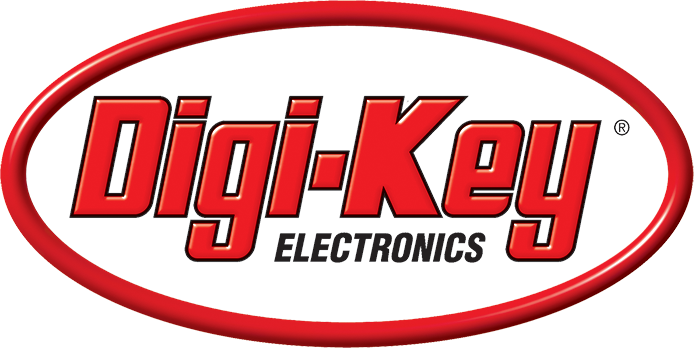The Power of Flexibility: Exploring the Benefits of Flexible Heating Elements
Introduction
When it comes to heating systems, flexibility is key. Whether you’re looking to heat a small space, a large area, or a complex object, you need a heating solution that can adapt to your needs. That’s where flexible heating elements come in. Unlike traditional heating systems, which are rigid and inflexible, flexible heating elements are versatile, customizable, and efficient.
In this article, we’ll explore the benefits of flexible heating elements, how they work, and why they’re becoming an increasingly popular choice for both residential and industrial heating applications. From their ability to conform to complex shapes to their energy efficiency and easy installation, we’ll break down everything you need to know about these innovative heating solutions.
What are Flexible Heating Elements?
Flexible heating elements are electric heating components that are designed to be bendable, pliable, and adaptable to a wide range of applications. They can be made from a variety of materials, including silicone rubber, polyimide film, and mica, and can be customized to fit the specific heating requirements of your project.
One of the key benefits of flexible heating elements is their ability to conform to complex shapes and contours. Unlike traditional heating solutions, which are typically limited to flat surfaces, flexible heating elements can be molded, shaped, and wrapped around even the most intricate objects. This makes them an ideal choice for applications such as:
- Heating pipes, tanks, and vessels
- Mold and die heating
- Medical equipment heating
- Aerospace and defense applications
How do Flexible Heating Elements Work?
Flexible heating elements work by converting electrical energy into heat energy. They typically consist of a resistive material, such as a thin film of nickel-chromium alloy, which is sandwiched between two layers of insulation. When an electrical current is passed through the resistive material, it heats up and radiates heat outward.
The key advantage of flexible heating elements is their ability to distribute heat evenly across the entire surface of the element. This means that the entire object being heated is warmed uniformly, without the hot spots and cold spots that can occur with other heating solutions.
Benefits of Flexible Heating Elements
- Versatility: As we’ve mentioned, one of the main benefits of flexible heating elements is their ability to conform to complex shapes and contours. This makes them an incredibly versatile heating solution that can be adapted to a wide range of applications.
- Energy efficiency: Flexible heating elements are also highly energy efficient. Because they can be customized to fit the specific heating requirements of your project, there is no wasted energy or heat loss. This can result in significant energy savings over time.
- Easy installation: Flexible heating elements are also incredibly easy to install. They can be adhered directly to the surface of the object being heated, eliminating the need for bulky, complicated heating systems.
- Durability: Flexible heating elements are designed to be durable and long-lasting. They can withstand a wide range of temperatures and environmental conditions, making them ideal for use in harsh industrial settings.
- Cost-effectiveness: Finally, flexible heating elements are a cost-effective heating solution. Because they are highly customizable, there is no need to invest in expensive, complex heating systems that may not be suitable for your specific application.
FAQs
Q: Can flexible heating elements be used for outdoor heating applications? A: Yes! Flexible heating elements can be customized to withstand a wide range of temperatures and environmental conditions, making them an ideal choice for outdoor heating applications.
Q: Are flexible heating elements safe? A: Yes. Flexible heating elements are designed to meet stringent safety standards and regulations. They are typically constructed with materials that are resistant to fire, moisture, and corrosion, ensuring that they can be used safely in a wide range of applications.
Q: How do flexible heating elements compare to traditional heating solutions in terms of efficiency? A: Flexible heating elements are generally more efficient than traditional heating solutions, such as gas or oil-fired heating systems. They can be customized to fit the specific heating requirements of your project, ensuring that there is no wasted energy or heat loss.
Q: Can flexible heating elements be repaired if they become damaged? A: In most cases, yes. Flexible heating elements are designed to be modular and replaceable, which means that individual elements can be repaired or replaced as needed, rather than having to replace the entire heating system.
Conclusion
Flexible heating elements are a versatile, customizable, and efficient heating solution that can be adapted to a wide range of applications. Whether you’re looking to heat a small space, a large area, or a complex object, flexible heating elements can provide the flexibility and efficiency you need to get the job done. From their ability to conform to complex shapes to their energy efficiency and easy installation, these innovative heating solutions are quickly becoming a popular choice for both residential and industrial heating applications. So, if you’re in the market for a heating solution that can meet your specific needs, be sure to consider the power of flexibility with flexible heating elements.

